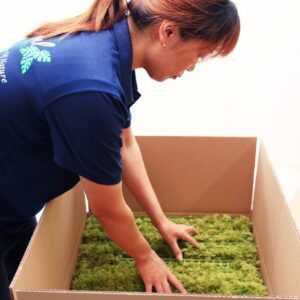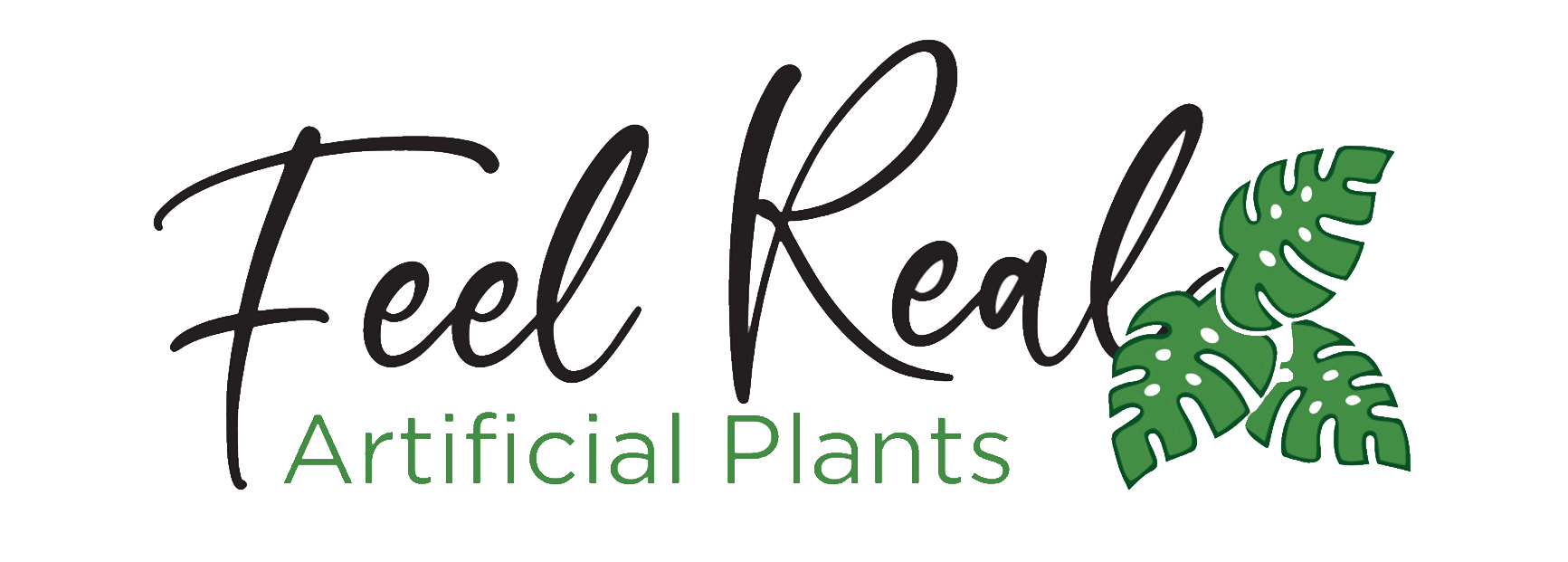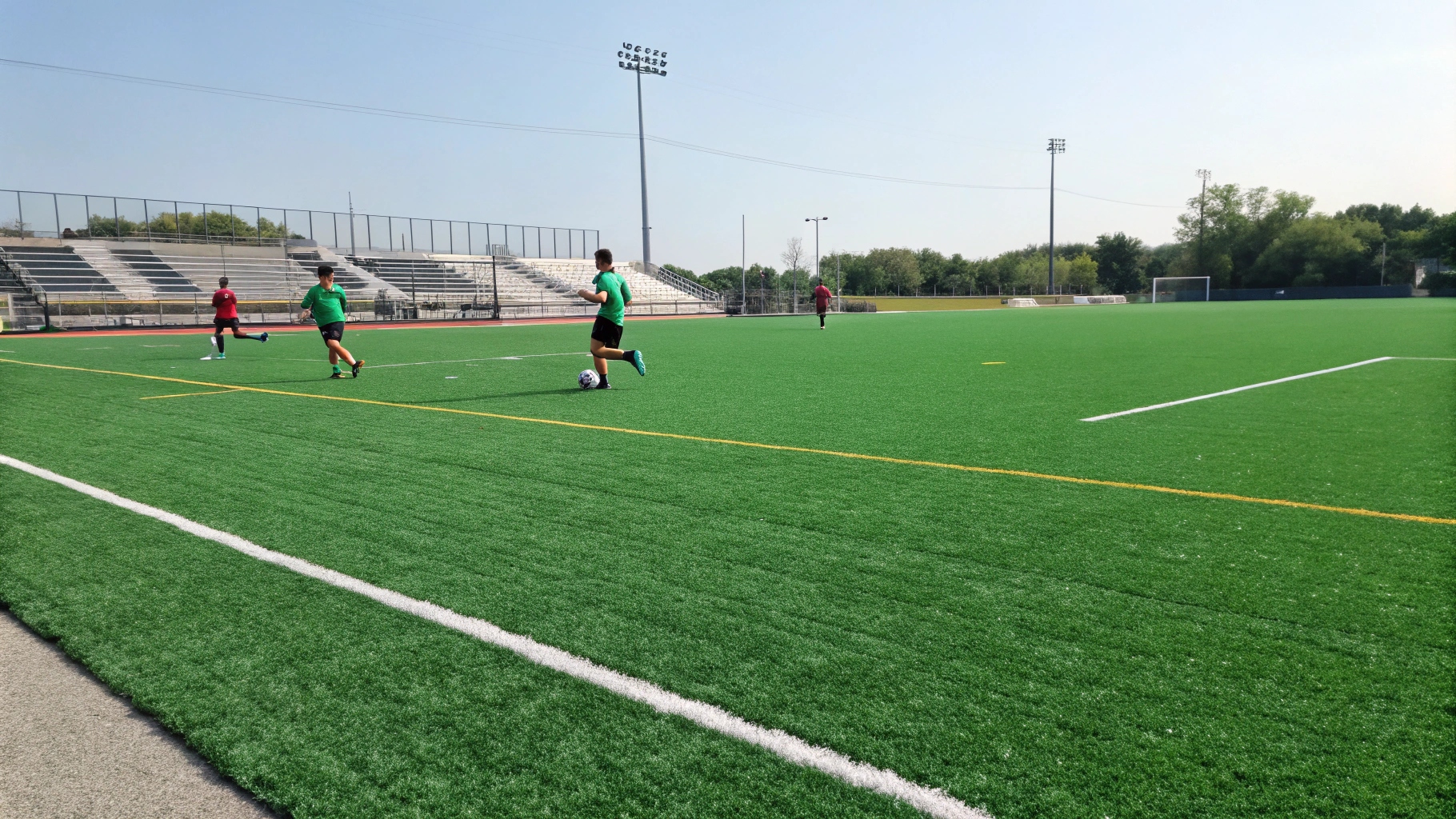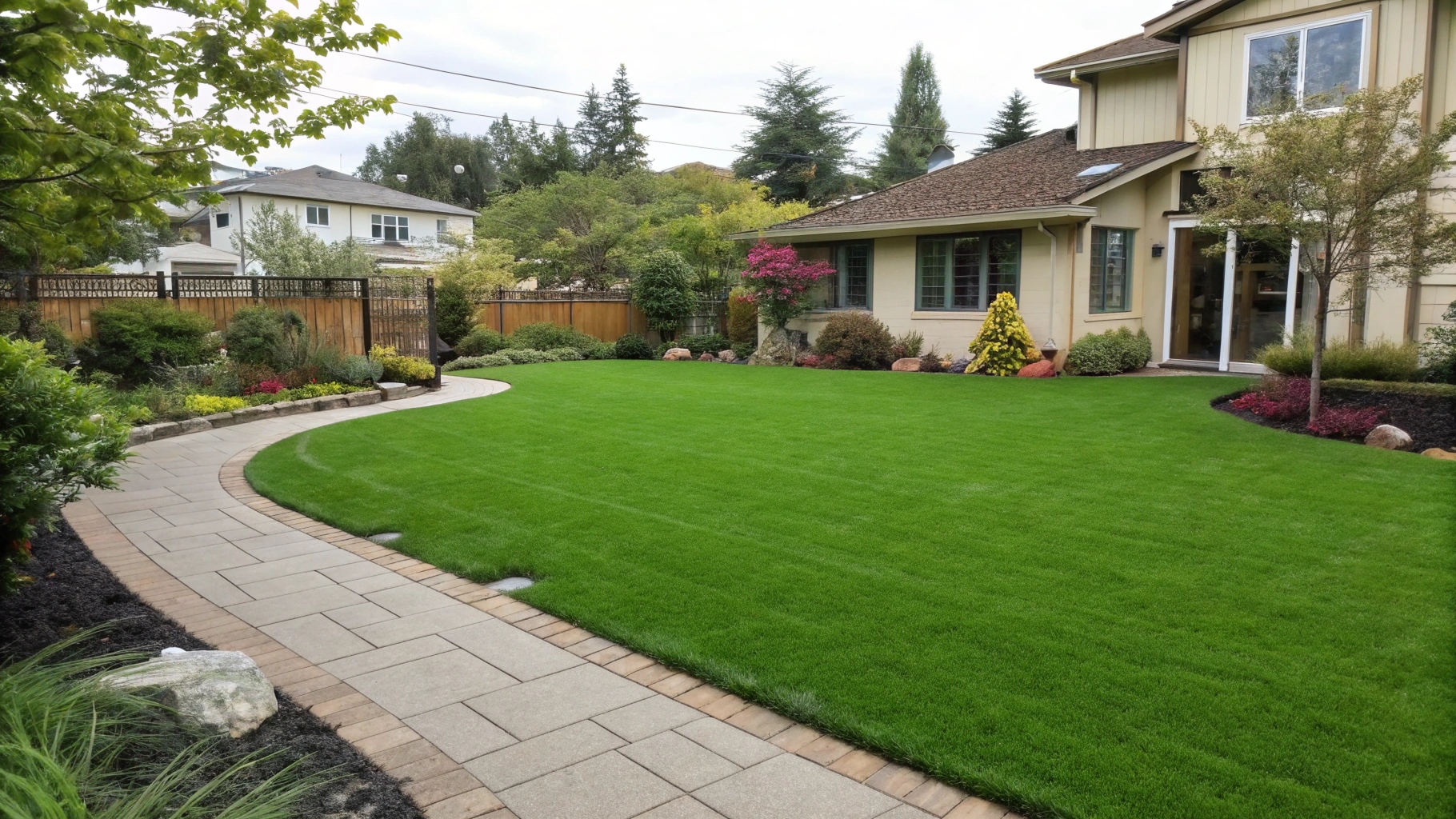Not sure if turf and artificial grass are the same thing? You’re not alone. While they may look similar at first glance, turf is optimized for sports and heavy wear, while artificial grass is designed for realistic appearance and comfort. Understanding this core difference is the key to choosing the perfect option for your home or project.
What Is Artificial Turf and Where Should You Use It?
Artificial turf is a heavy-duty synthetic grass system engineered for athletic performance and high-impact use. You’ll find it on football fields, soccer pitches, and playgrounds where durability matters more than appearance. The short, dense fibers can handle cleats, sliding, and constant foot traffic without wearing down.
Turf systems always require infill materials like rubber granules or sand to provide cushioning and support. This infill helps prevent injuries during sports activities and keeps the fibers upright under pressure. The surface feels firmer than natural grass but offers consistent traction and ball bounce.
Best uses for artificial turf:
Football and soccer fields: Provides consistent playing surface in all weather
School playgrounds: Handles heavy daily use without muddy patches
For High-Traffic Zones: Use it for commercial common areas or event spaces where you need a green look that won’t wear down from thousands of footsteps.
Example: A high school stadium installed turf with a rubber infill and shock-pad base to minimize sports injuries during weekly games.
What Is Artificial Grass and When Should You Choose It?
Artificial grass is designed to look and feel like a beautiful natural lawn without the maintenance headaches. You’ll love how it transforms your outdoor space into a lush, green area that stays perfect year-round. The longer, softer blades create a realistic appearance that fools most visitors.
Unlike turf, artificial grass often doesn’t require infill, making installation simpler and the surface softer underfoot. The focus is on aesthetics and comfort rather than athletic performance. You can walk on it barefoot, let kids play safely, and never worry about brown spots or watering restrictions.
Perfect applications for artificial grass:
Residential lawns: Beautiful green space without mowing, watering, or fertilizing
Rooftop gardens: Lightweight option for urban outdoor spaces
Pet areas: Safe, non-toxic surface that’s easy to clean
Pool surrounds: Won’t get muddy or slippery when wet
Indoor installations: Creates natural ambiance in basements or commercial spaces
Example: A backyard in California was transformed with artificial grass, saving over 20,000 gallons of water annually.
What Are the Key Differences Between Turf and Artificial Grass?
While both turf and artificial grass are synthetic, their intended uses create clear differences. The main distinctions come down to how they feel, what they’re made of, and how they perform.
| Feature | Artificial Turf | Artificial Grass | Why It Matters to You |
|---|---|---|---|
| Primary Use | Athletic Performance & High Traffic | Landscaping & Recreation | Choose turf for sports; choose grass for residential and commercial decoration. |
| Pile Height | Short (typically < 1 inch) | Long (typically 1.25″ – 2″) | A longer pile provides a softer, more cushioned feel. |
| Feel & Texture | Stiff, firm, and abrasive | Soft, plush, and non-abrasive | Artificial grass is much more comfortable for bare feet and play. |
| Durability | Extreme wear resistance | Very durable, but less so than turf | Turf is built for cleats and athletic abuse. Grass is built for regular family life. |
Pros and Cons Breakdown of Artificial Turf and Artificial Grass
Making the right choice becomes easier when you understand exactly what you’re gaining and giving up with each option. Here’s an honest breakdown of the advantages and limitations of both artificial turf and artificial grass to help you make an informed decision.
Advantages of Artificial Turf:
- Extreme durability: Withstands heavy foot traffic, cleats, and athletic equipment without showing wear
- All-weather performance: Functions perfectly in rain, snow, extreme heat, or drought conditions
- Consistent playing surface: Provides uniform ball bounce and traction for sports activities
- Professional appearance: Maintains clean, uniform look even under intensive daily use
- Long lifespan: Can last 10+ years with proper maintenance in high-use environments
Disadvantages of Artificial Turf:
- Firmer surface: Less comfortable for bare feet, lounging, or casual outdoor activities
- Limited aesthetic appeal: Prioritizes function over natural beauty and landscape integration
- Infill requirements: Always needs rubber or sand infill, adding cost and maintenance complexity
- Less versatile: Not suitable for decorative landscaping or residential
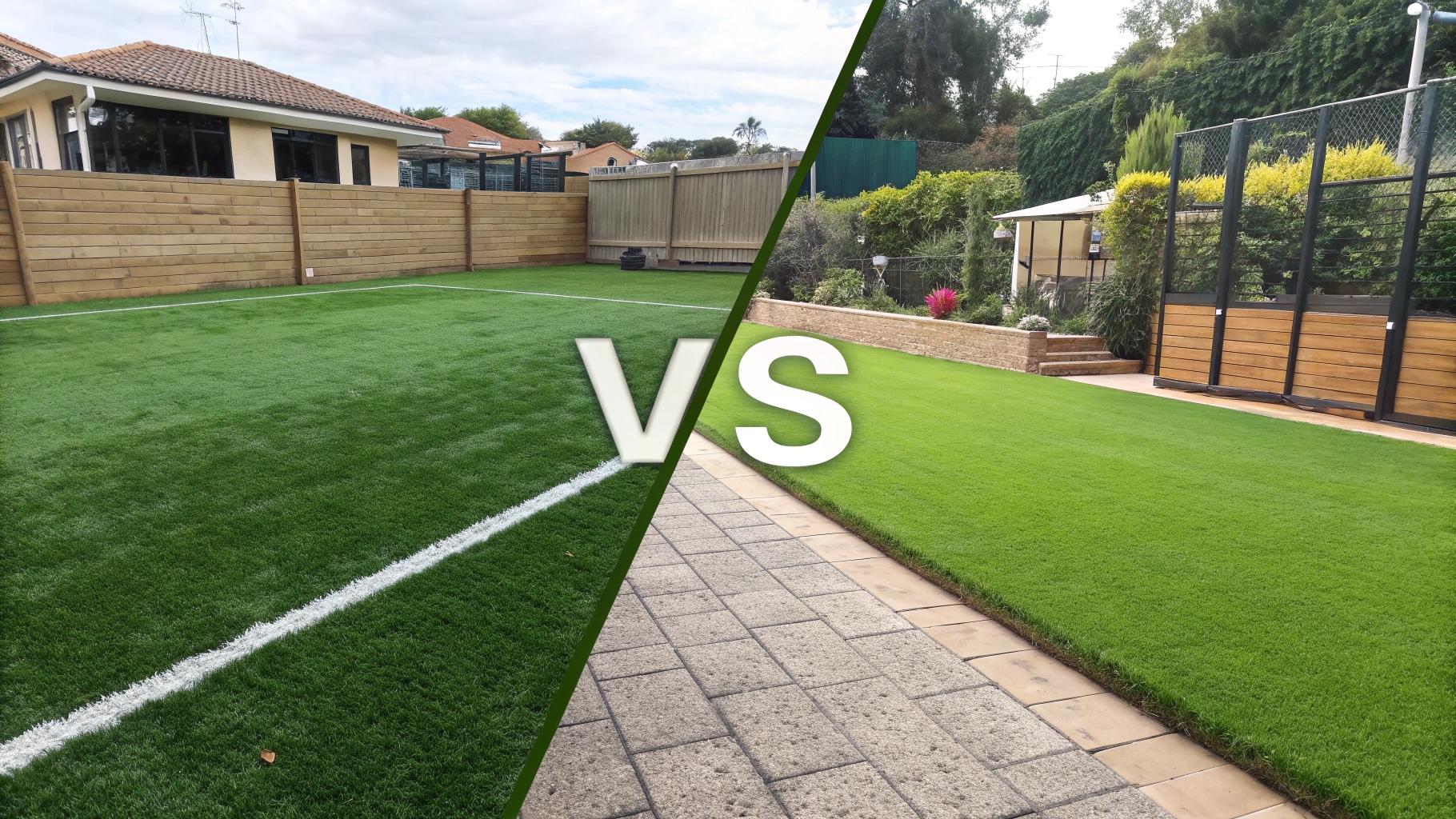
How Do You Choose Between Turf and Artificial Grass?
Your intended use should drive your decision, not just appearance preferences. Consider how the surface will be used daily, who will walk on it, and what performance you need.
Choose artificial turf if you need:
- A surface for sports activities or exercise
- Maximum durability for heavy foot traffic
- Consistent ball bounce and traction
- A surface that handles pet waste easily
- Professional athletic performance standards
Choose artificial grass if you want:
- A beautiful, natural-looking lawn
- Soft surface for bare feet and relaxation
- Low-maintenance landscaping solution
- Comfortable play area for young children
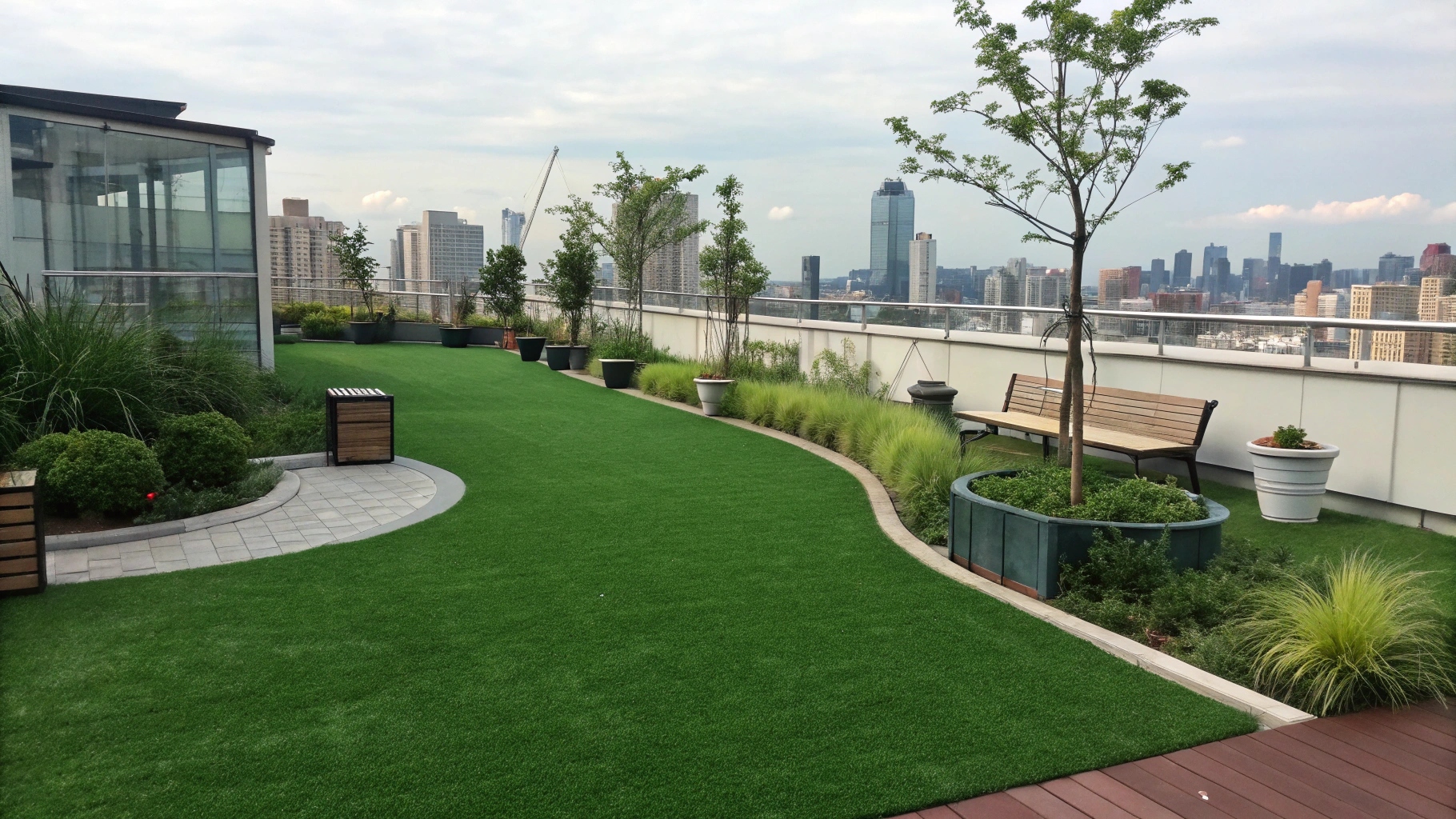
Installation and Maintenance: What You Need to Know
Artificial turf installation involves:
- Base preparation with proper drainage
- Shock-absorbing pad installation
- Turf laying and seaming
- Infill distribution and grooming
- Line marking for sports applications
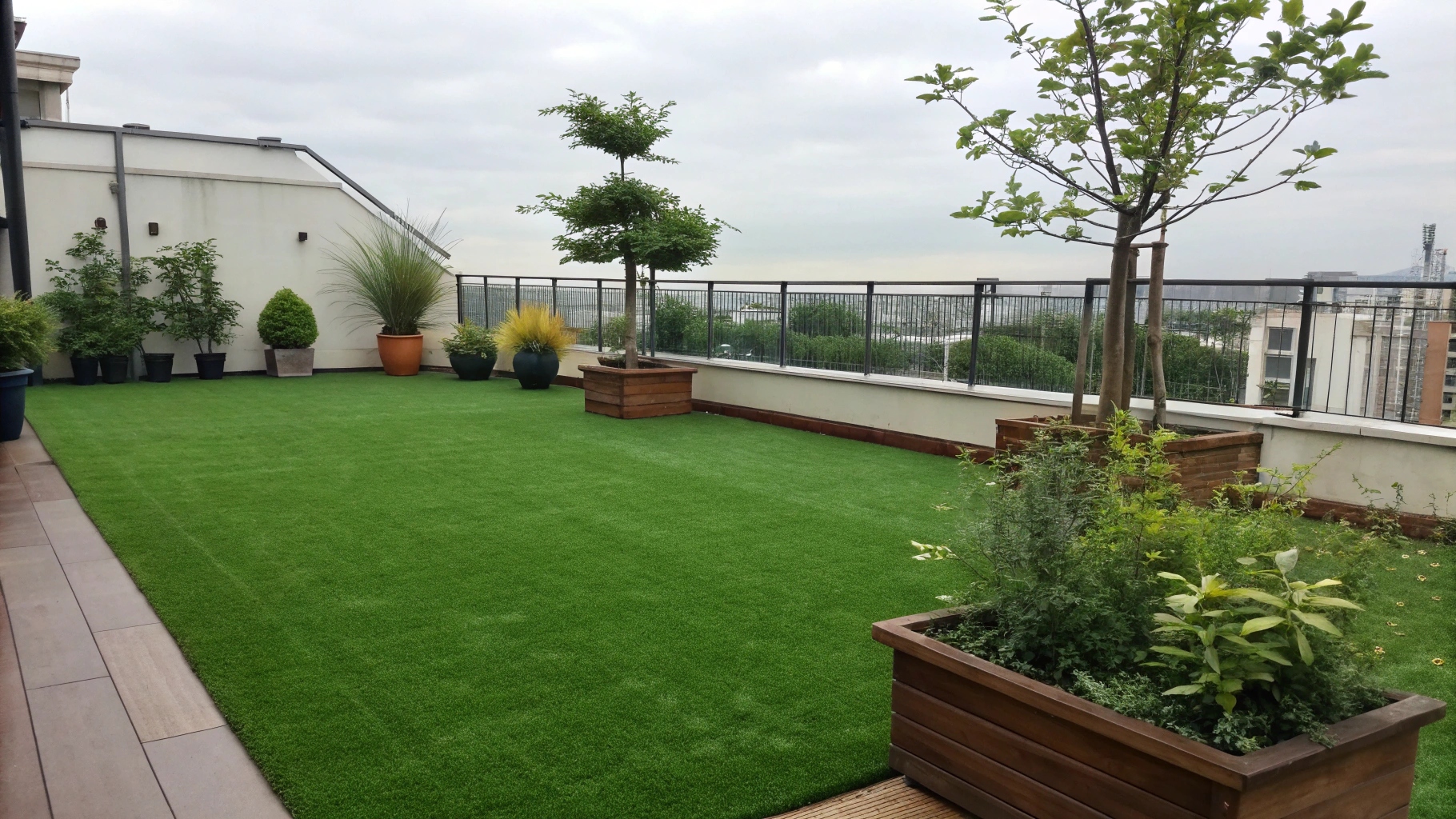
Maintenance of Artificial Turf includes regular grooming to redistribute infill, occasional deep cleaning, and infill top-ups every 2-3 years.
Artificial grass installation includes:
- Ground preparation and leveling
- Optional drainage layer installation
- Grass laying and joining
- Edge securing and trimming
- Optional light infill for stability
2025 Trends in Synthetic Surfaces
Synthetic grass is no longer just about appearance—it’s about performance, safety, and sustainability. In 2025, manufacturers are blending realistic textures with eco-conscious materials like recyclable infill and UV-resistant fibers. This means you get a lawn that looks better, feels softer, and holds up longer under sun and use.
Comfort and customization are driving the latest trends. Homeowners now prefer pet-safe surfaces with built-in drainage, while commercial spaces are installing hybrid grass-turf systems that balance durability with visual appeal. Whether for play, sports, or style, synthetic surfaces today offer smarter, greener solutions.
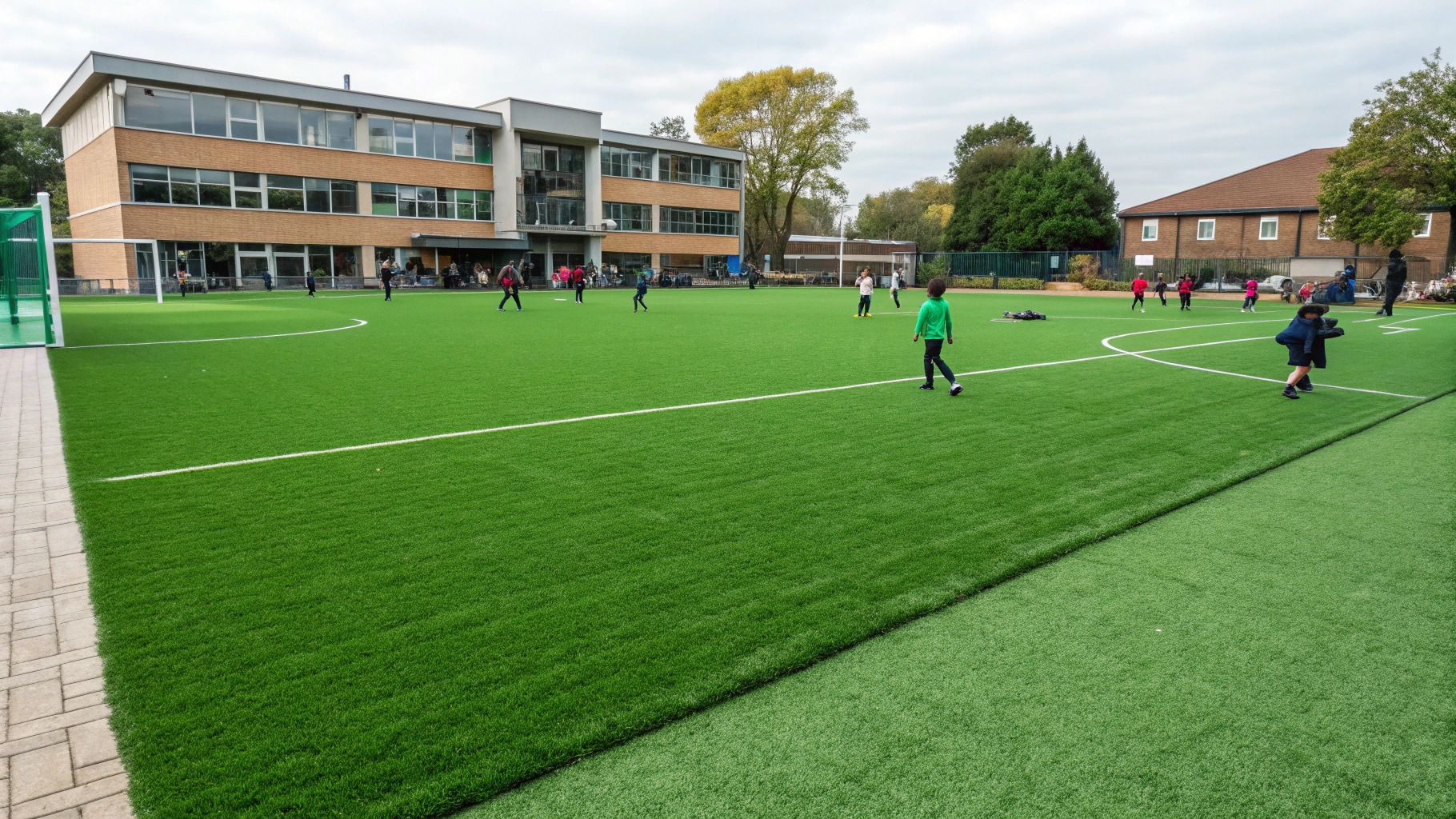
FAQs of Artificial turf vs Artificial grass:
Q1: Which one lasts longer, turf or artificial grass?
Both are incredibly durable, with lifespans of 10+ years. Artificial turf is technically more resilient against extreme, concentrated wear (like from athletic cleats), but high-quality artificial grass is more than tough enough to handle decades of normal residential use.
Q2: Which option is better for dogs and pets,turf or artificial grass?
Artificial grass typically works better for pets because it’s softer and often includes antimicrobial treatments. Modern artificial grass is made from non-toxic polyethylene, the same material used in plastic bottles and toys. For added safety, choose products with non-toxic, antimicrobial infill and a high-drainage backing.
Q3: Which is more expensive, turf or artificial grass?
The upfront cost for both can be very similar, as it depends heavily on the product’s quality, density, and features. While a high-end, ultra-realistic artificial grass might cost more than a basic athletic turf, the most important factor is choosing the right product for your project. Your long-term value comes from investing in a surface designed for its intended use—whether that’s durability for sports or soft, aesthetic appeal for your home lawn.
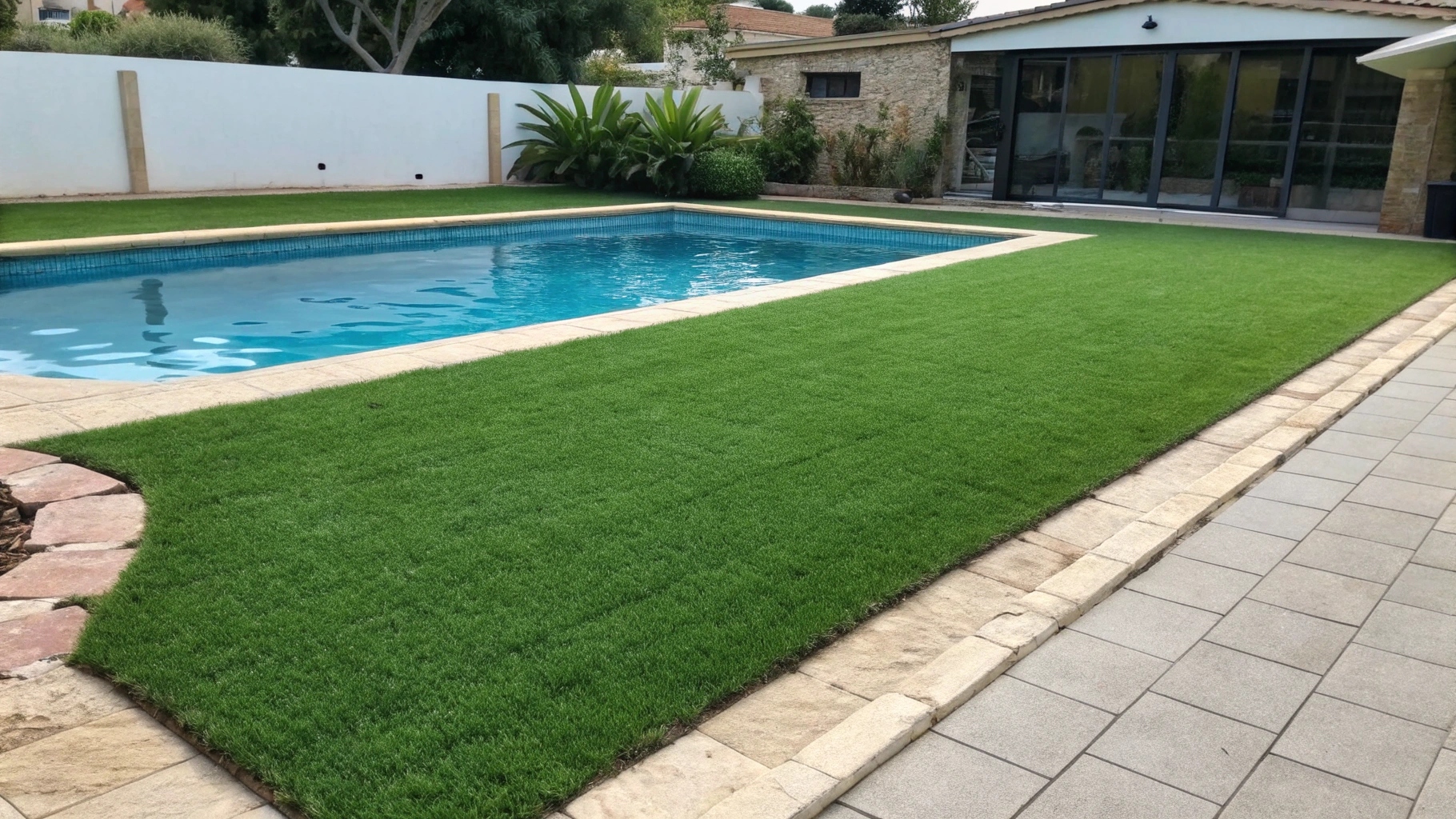
About FeelReal Artificial Plants
FeelReal specializes in premium artificial landscaping solutions that combine beauty, durability, and environmental responsibility. Our synthetic grass and turf systems are designed to exceed expectations. We’ve helped thousands of homeowners, schools, and businesses create beautiful, functional outdoor spaces that last for decades. Our products meet the highest industry standards for safety, performance, and environmental impact.
Ready to get started? Contact us today for free samples, personalized consultations, and detailed quotes for your project.
